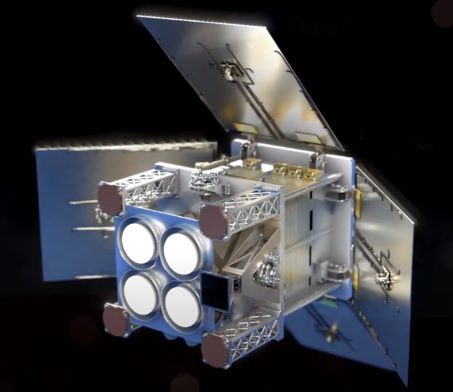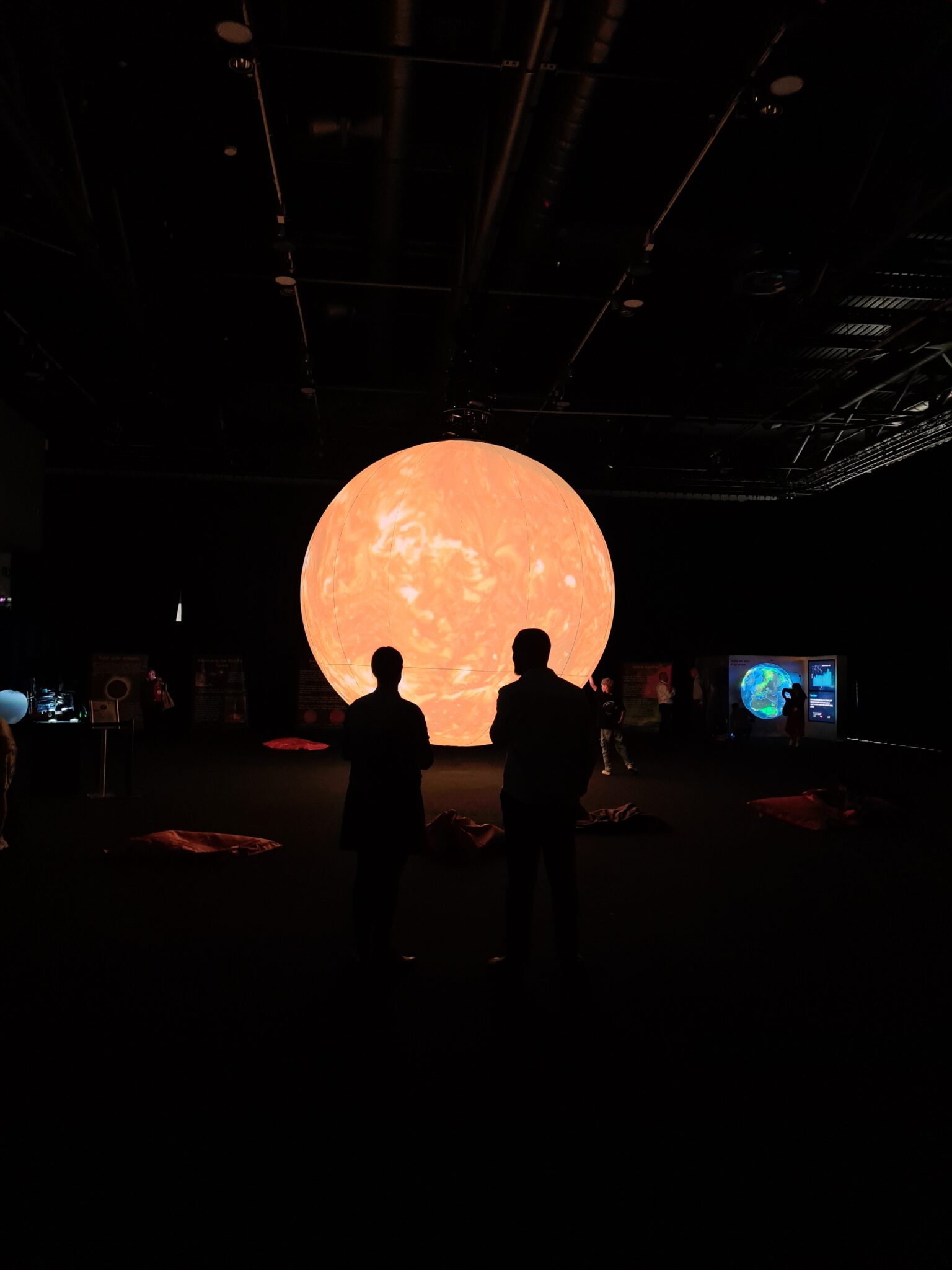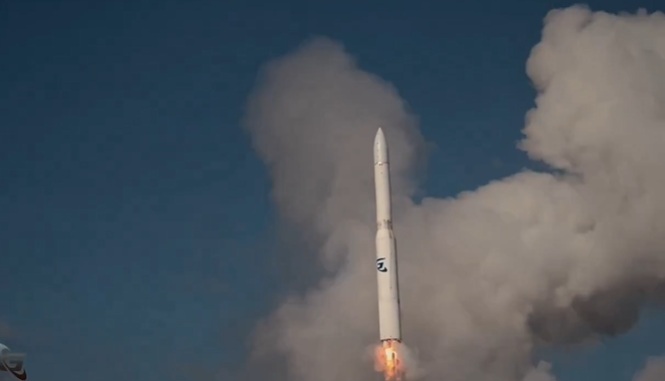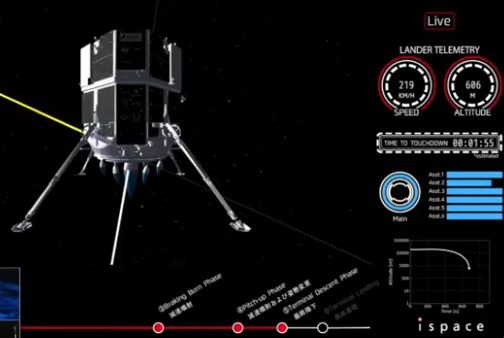ESA has selected SSTL to build and operate a 40 kg spacecraft for its HydroGNSS mission under its Scout programme. The €30 million HydroGNSS mission uses GNSS Reflectometry for hydrological measurements. In effect it uses signals from GPS and Galileo, as radar signal sources. These signals are reflected off the land, ice and ocean and will be collected on the spacecraft’s low power receiver on a small satellite in low Earth orbit to measure soil moisture, freeze thaw state over permafrost, inundation and wetlands, and above ground biomass as well as sea ice etc. The spacecraft is expected to be launched in 2024.






